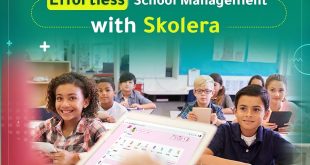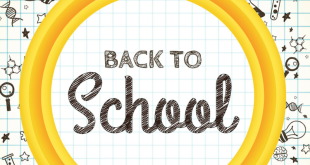We’ve all been there: trying to study a chapter or topic but finding ourselves unable to memorize anything. This can be pretty frustrating for most students as they end up feeling like they wasted their efforts and time. Thankfully, researchers in the field of education are always on the lookout for new and different ways to help students learn according to their full potential and in the most effective way possible. Microlearning is one approach to learning that has been found to be successful with today’s students. If you’re a teacher, you’ll definitely love reading this article as it will guide you through the best practices of implementing microlearning in the classroom.
Table of Contents
What is microlearning?
From its name, you can easily understand the essence of microlearning or, as some people call it, bite-sized learning. It is based on giving students small bits of information one interval/lesson at a time to allow them to adequately and fully comprehend the lesson.
Hermann Ebbinghaus, a German psychologist, was a pioneer in the study of the connection between learning and memory in the late 19th century. One of his most interesting contributions to psychology was the discovery of the “forgetting curve.” Ebbinghaus noticed that after learning new information, our ability to remember it declines rapidly and then gradually levels off over time.
He concluded that within the first few hours of learning, we tend to forget a huge portion of what we have learned. The curve indicates a sharp decline in memory retention during this initial phase.
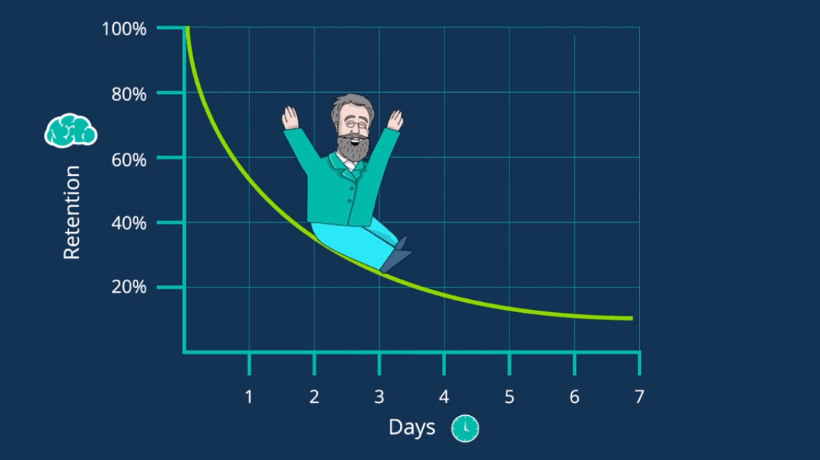
Sounds a bit overwhelming, right? Well, there is some good news! Ebbinghaus also discovered that with proper reinforcement and review, the rate of forgetting could be slowed down. This can happen through what he called “spaced repetition”, which involves revisiting the material learned at specific intervals. By spacing out these reviews smartly, we can effectively fight our brains’ forgetting curve and enhance long-term retention of information.
The best framework for implementing microlearning in the classroom
Theo Hug, a professor at the Institute of Educational Studies at the University of Innsbruck, devised a 7-dimension paradigm to help teachers implement microlearning in the classroom.
Time (“A limited effort that leads to short time requirements.”)
Content (“Short units with well-delimited subject matters and relatively simple problems.”)
Curriculum (“Parts of modules or parts of curricular content, brief didactic elements, etc.”)
Format (“Diversity of formats, such as fragments, pills, lab assignments, etc.”)
Process (“Activities that are either independent or integrated into a wider context, iterative processes, etc.”)
Media (“Classroom-based learning or distance learning based on different multimedia content.”)
Learning models (“Repetitive, reflexive, pragmatic, constructivist, concept-based, connectivist, etc.”)
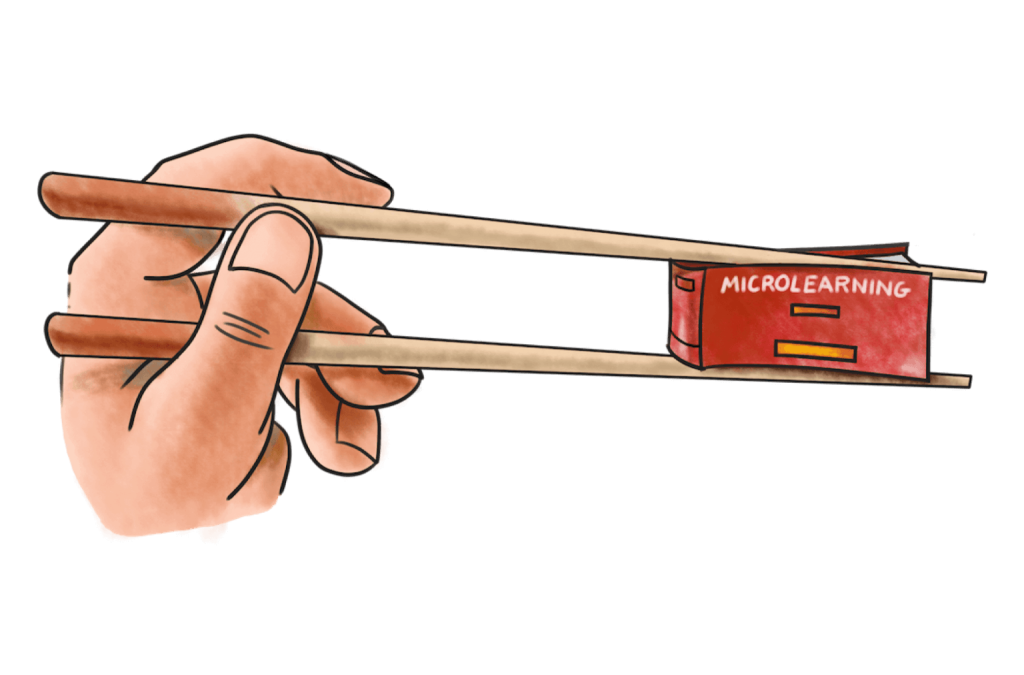
To make this paradigm a bit easier to understand, here’s an explanation of each dimension:
- Time: According to Theo Hug, microlearning is based on a limited effort and a short time. It is basically about delivering learning content in bite-sized chunks that can be consumed within a short timeframe. This dimension is important as it recognizes the significance of time efficiency and aims to maximize learning outcomes within a short period.
- Content: One of the characteristics of microlearning is that it focuses on short units of learning in subject matters. In a typical microlearning classroom, each module covers a specific topic or concept, presenting it in a concise and focused manner. The content in microlearning is designed to be easily understandable for all students.
- Curriculum: Theo Hug believes that microlearning can be integrated into larger curricular structures that can serve as parts of a broader curriculum. It can also include brief informative elements that are supposed to enhance the overall learning experience.
- Format: Microlearning is all about how the format of delivering the content is different that the conventional one. Microlearning can be in the form of different types of formats like quizzes, infographics, pills (short videos or interactive modules), lab assignments, podcasts, etc. The aim of using a variety of formats is to engage students and accommodate their different learning styles.
- Process: Teachers like to implement microlearning through different processes. It is all about what each teacher prefers and what he/she thinks is best for the students. Microlearning activities can be independent modules or they can even be integrated into a wider context. Students can engage in microlearning activities as self-contained learning experiences, or they can be part of a larger learning journey, where multiple microlearning modules are connected to provide a cohesive learning experience.
- Media: What is also great about microlearning is that it can be delivered through different media channels, including traditional classroom learning or distance learning. This is because it uses multimedia content, such as videos, audio recordings, interactive simulations, or online resources, to engage the students and enhance their understanding. The choice of media depends on each teacher’s learning objectives and the available technological resources at his/her disposal.
- Learning models: According to Theo Hug, microlearning should align with several learning models and approaches. These include repetitive learning (reinforcing knowledge through repeated exposure), reflexive learning (reflecting on one’s learning process), pragmatic learning (focused on practical applications), constructivist learning (encouraging active construction of knowledge), concept-based learning (emphasizing the understanding of key concepts), connectivist learning (using networks and connections for learning), and more. These learning models provide frameworks for designing microlearning experiences that cater to different learning styles and preferences.
This might interest you: Blending Synchronous and Asynchronous Learning with an LMS
Microlearning vs traditional learning
You’ve probably wondered about the differences between microlearning vs traditional learning. Let’s take a look at some of the different aspects.
| Aspect | Microlearning | Traditional Learning |
| Structure | Short, focused modules or lessons | Longer classes or lessons |
| Depth and scope | Specific, targeted learning objectives | Comprehensive coverage of subjects or topics |
| Time and pace | On-demand, self-paced learning | Pre-determined pace and schedule |
| Classroom setting | Typically online or digital | Physical classroom setting |
| Flexibility | Anytime, anywhere access | Classroom-based and time-bound |
| Multimedia and interactivity | Incorporates multimedia elements and aims at interactivity of students | Primarily relies on direct, one-sided instruction and discussions |
| Examples | Short videos, quizzes, infographics | Lectures, textbooks, group discussions |
Microlearning examples to try out in class
As a teacher, you have probably used a form of microlearning one way or another during your classes. Here are the different microlearning examples to apply in the classroom.
4 Microlearning activities to boost active learning
-
Infographics
If you don’t already know what an infographic is, it is basically a visual representation of information that presents complex ideas, statistics, or concepts in a concise and visually engaging manner. It combines text, images, charts, graphs, icons, and other visual elements to communicate information effectively.
So, can you see how infographics can be a major asset to you when implementing microlearning in the classroom? Infographics can be used for almost all subjects to help students digest complex ideas slowly but surely over the academic semester. You can use Canva or Adobe Spark, which can help you create using pre-existing resources and features.

-
Videos
Of course, videos are an obvious choice in this situation. Today’s students are already bombarded with videos, reels, shorts, and stories every day. You can use this to your advantage! Videos in the classroom can be helpful for many reasons. They can provide a real-world context for your students.
If you are teaching history, for example, it would be an excellent way to link your topic to the real world through videos of footage or speeches, or any historical event, providing students with authentic examples and applications of concepts. Connecting theoretical knowledge to practical scenarios will immensely help your students understand and retain the information quite well.
-
Apps
One great thing about apps is their convenience! Nowadays, teachers cannot really live without them. Teachers can find hundreds of apps to organize their school workload, introduce new classroom strategies or communicate with their students on a regular basis. When it comes to microlearning, there are several apps that teachers can use to integrate it into the curriculum.
Apps often incorporate interactive elements such as quizzes, games, simulations, and multimedia content. These features make learning more engaging, encouraging active participation from students. In fact, apps can effectively deliver microlearning modules, breaking down complex topics into manageable chunks. In the next section, you will find a brief list of app suggestions to get you started right away!
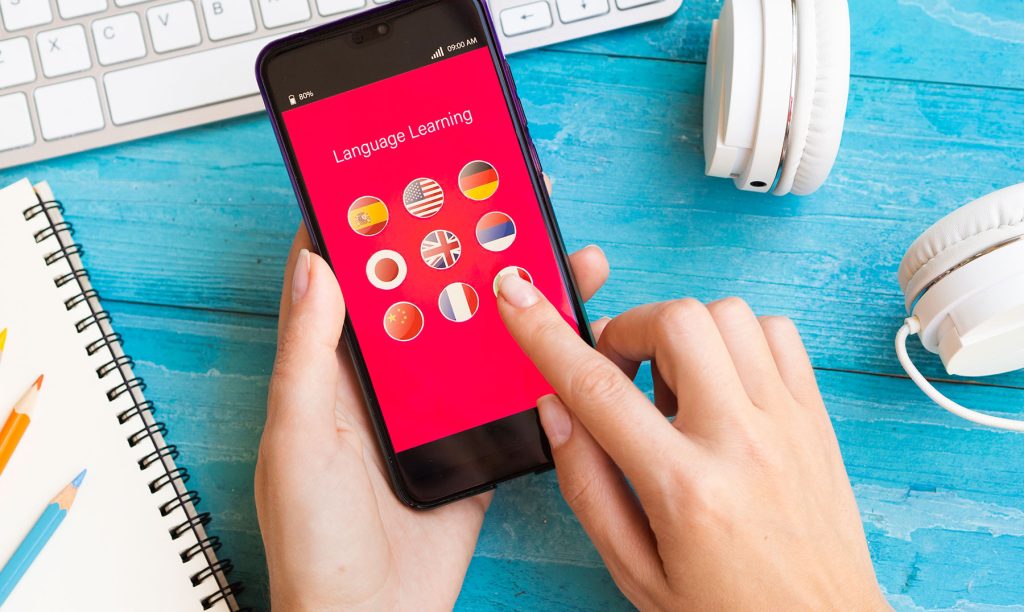
-
Flashcards
Does the word “flashcards” bring back some horrifying school memories? Don’t worry, flashcards are not meant to be boring or daunting at all. In fact, teachers prefer flashcards when implementing microlearning because it is quite effective. Flashcards promote active recall, which is the process of retrieving information from memory. When students review flashcards, they have to recall and remember the information, reinforcing their learning and improving retention.
Regular retrieval practice with flashcards strengthens memory recall and helps students solidify their understanding of the subject matter. What is also great about flashcards is that they are portable; students can review flashcards during their short breaks, while commuting, or in spare moments throughout the day. They can even be used for various purposes: concepts, definitions, vocabulary, formulas, historical events, and more.
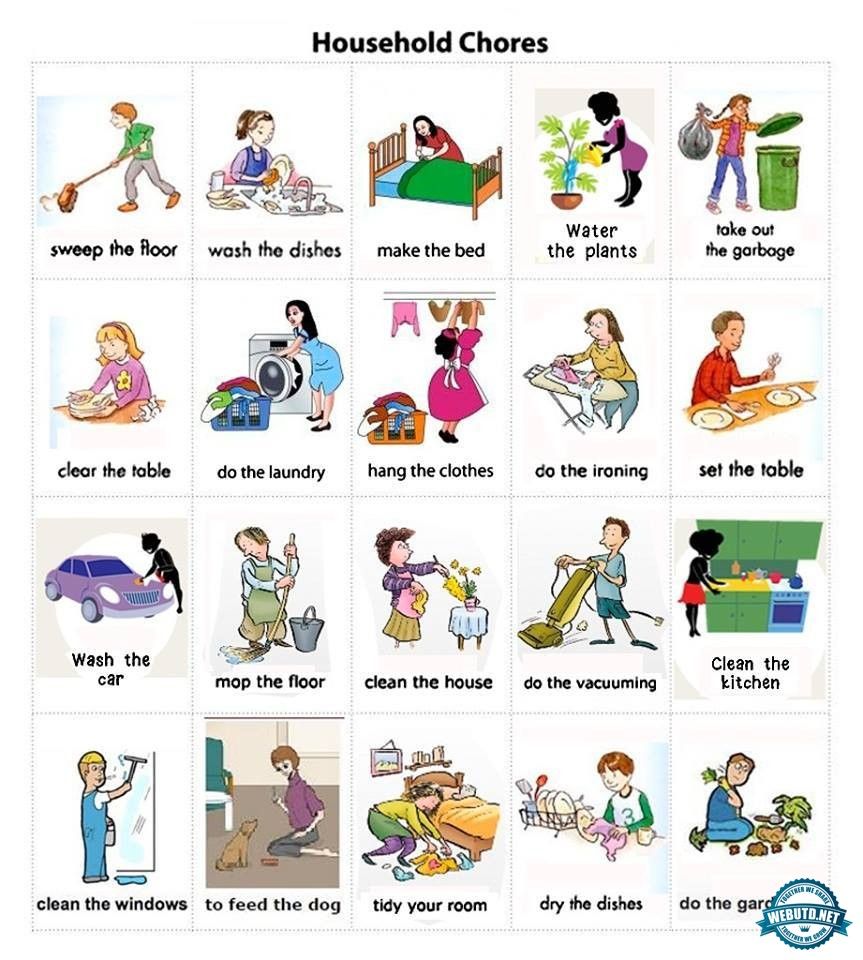
Creating microlearning content – Microlearning platforms you should start using
– Kahoot!
Kahoot is an online learning platform that offers interactive educational games, quizzes, and surveys. The main feature of Kahoot is the ability to create and play learning games called “Kahoots.” These Kahoots include MCQs with a time limit for each question provided.
Students can use the platform through their smartphones, tablets, or computers. At first, the host sends them a unique PIN number for the students to enter through. What is great about Kahoot is that it encompasses a big selection of subjects like mathematics, science, history, language, and more. Teachers can also create their own personalized Kahoots or select from a library of saved ones shared by the Kahoot community. One of the best things about this platform is its integration of gamification and the spirit of competition. Students can earn points based on the accuracy of their answers and the speed at which they answer.
Kahoot offers other activities like surveys and discussions in addition to the traditional quiz format. When it comes to surveys, they allow teachers to gain feedback. Discussions, on the other hand, provide a space for open-ended questions and conversations. This makes Kahoot an excellent tool for both teachers and students.
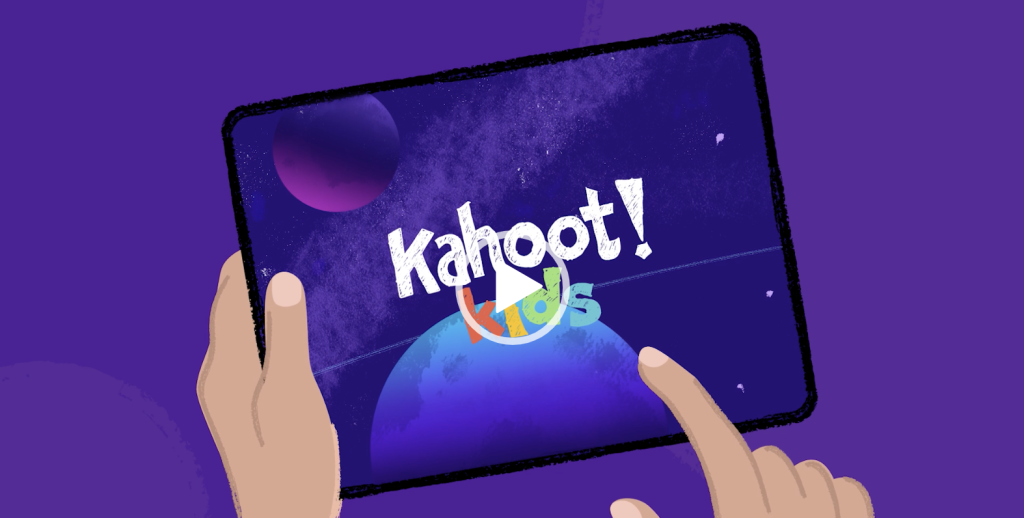
– Tiktok
Although using Tiktok in the classroom might seem odd and a bit counterintuitive at first, it is actually one of the most effective ways to give your students “bite-sized content”. Usually, videos on Tiktok range from 15 seconds to 3 minutes; that’s why it is perfect for microlearning!
You can give your students short explanations, experiments, or short facts about your subjects. Tiktok also allows you to include animations, text boxes, and creative editing strategies in your videos; this can be great for captivating your students. Perhaps you can even create memorable rhymes, songs, or mnemonics to help students retain information faster. All these tools will definitely help inspire you and motivate your inner creative side! They will also give your students the opportunity to research, summarize, and present information creatively.

– Bites
If you haven’t heard of it before, this platform is popular among teachers who implement microlearning for their students. You can use it in your next class to do a variety of activities with your students:
– Create a video using your phone or tablet.
– Combine video clips and images in the sequence you want.
– Add a voiceover to guide your students through this presentation.
– Enhance the video by adding text, filters, and GIFs.
– Adjust the video speed to create slow-motion or fast-motion effects.
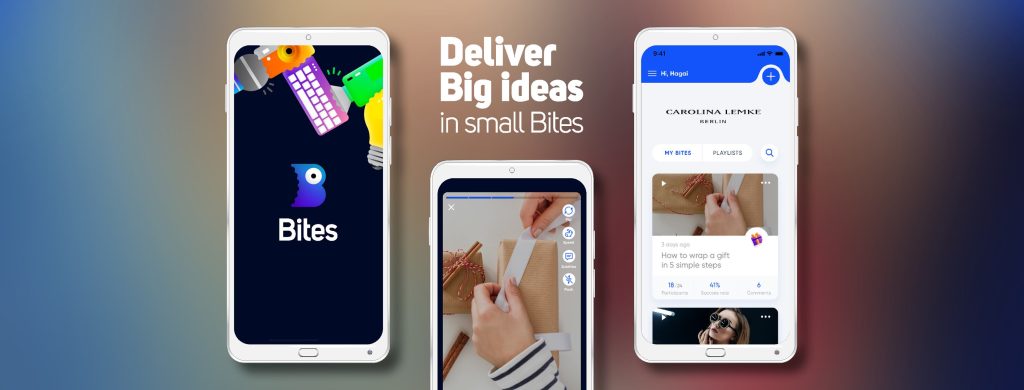
Read more: Why Schools Need a Student Information System?
What are the microlearning benefits for students and teachers?
In Germany, researchers at Dresden University of Technology have carried out a study to examine information retention using microlearning. The prevalent understanding is that the majority of e-learning resources typically adopt a format where a content segment is followed by a question for evaluation. The objective of the study at Dresden University was to examine whether students respond better to these questions when they observe multiple small content segments, each addressing numerous relevant questions, or when they engage with extensive content featuring fewer evaluation sections.
So, the e-learning material included sixteen chapters of informative content, and the students were allocated into three distinct groups.
– The initial group responded to a question after reading each chapter.
– The second group addressed four questions after reading each cluster of four chapters.
– Finally, the third group received eight questions after completing each half of the original text.
Unsurprisingly, the results proved the effectiveness of microlearning on students’ retention of information!
These were the findings of the study:
- The first group took 28 % less time to answer their assessment questions than the third group, and did 20 % better.
- The first group performed 8 % better on the comprehensive test than the second.
- Students in the third group had to read again more than three times the number of sections than the first group did.
- In the second stage of the study, the first group accomplished 22.2 % better than the third group and 8.4 % better than the second group.
It is no wonder that teachers have been praising microlearning and have been advising other teachers to try it out with their students. Teachers who are currently implementing microlearning in the classroom have reported that this approach to learning has numerous benefits. Here are some of the microlearning benefits for students and teachers:
- It’s easier for teachers to make adjustments and changes to the learning content when it’s bite-sized
- The cost of implementing microlearning is low as teachers will need few resources to implement it.
- Microlearning can be used for almost all subjects and practices.
- Because the learning materials are delivered briefly, students will be more interactive and will feel more engaged during class.
- Students with memory problems will feel more fulfilled with the easy-to-remember learning material.
- This short material makes it easier for teachers to reexplain certain parts that he/she feels are not yet fully mastered by the students.
- The same concept applies to students studying at home; they can easily restudy the parts that they missed or dropped.
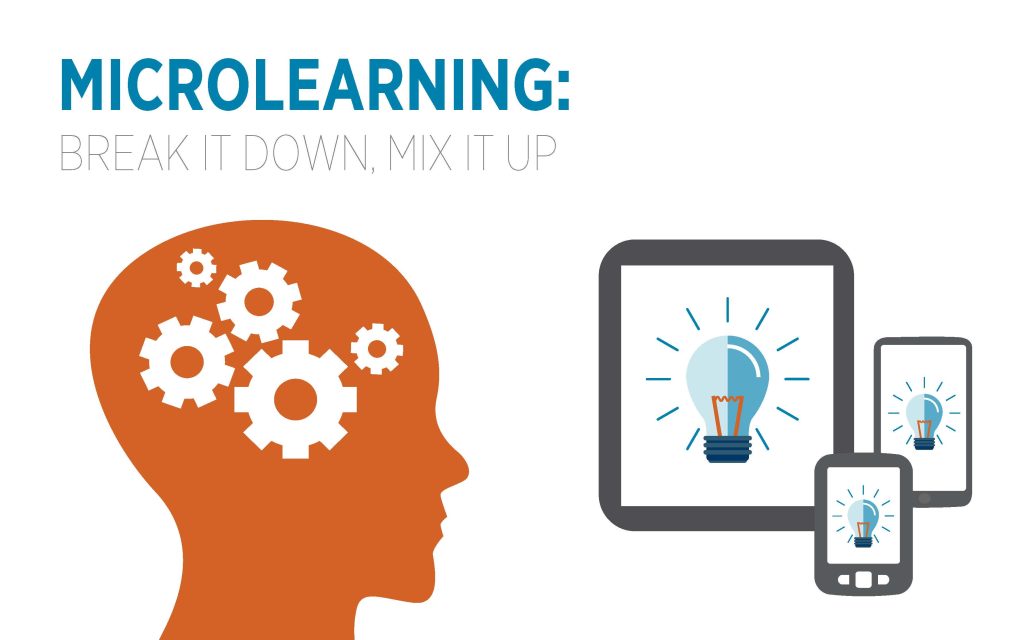
Microlearning in Learning Management Systems
If you’ve finally decided to embrace the magic of microlearning to integrate it into the classroom, then you still need one more thing: a powerful LMS. As providers of EdTech solutions, we realize the huge importance of providing interesting learning experiences for students.
Adopting technology in education nowadays has opened the door to an unprecedented world of possibilities for teachers and students alike. The Skolera team is proud to offer a powerful Learning Management System (LMS) that enables teachers to integrate microlearning activities in the classroom.
With Skolera’s LMS, teachers can use microlearning to create a dynamic and flexible learning environment for each student. Through features such as gamification, chat rooms, and virtual classes, our LMS revives the classroom experience, no matter the physical location. Now teachers or decision-makers at schools can enjoy a free demo to test Skolera’s features first-hand!
Sources:
– Integrating micro-learning content in traditional e-learning platforms
 Skolera LMS Blog Educational Technology Articles and News
Skolera LMS Blog Educational Technology Articles and News

